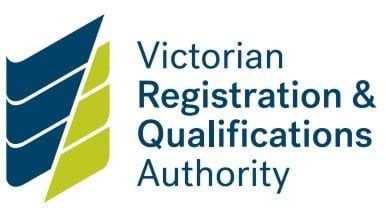About the Standard
This Standard ensures physical and online environments promote safety and wellbeing while minimising the opportunity for children to be harmed.
A non-school provider must identify and mitigate risks to children in in their online and physical environments. It is important to think about risks created by the non-school provider's:
- structure
- culture
- activities
- physical and online environments
- third-party arrangements.
Non-school providers must identify and reduce risks, and address new risks as they arise, in both physical and online environments. They must do this without impacting a child's:
- right to privacy
- access to information
- social connections
- learning opportunities.
Child safety policies, procedures and practices must minimise the risk of harm.
How to comply
A non-school provider must:
- develop a risk management plan or risk register that identifies and manages risks of harm in both physical and online environments
- ensure that third-party procurement policies include child safety requirements
- set expectations for how staff and students interact online by:
- developing or endorsing a policy or statement on online conduct and safety
- reviewing or revising an existing Child Safety and Wellbeing Policy or Child Safety Code of Conduct
- reviewing its internet use policy for students and staff.
Examples of compliance
A non-school provider complying with this Standard may:
- use a risk management plan or risk register to manage risk in physical spaces, for example:
- blocked off or out of sight spaces
- rooms with lockable doors
- children learning alongside adults
- offsite locations such as camps, sporting events, workplaces, excursions or home stays
- promote a culture of online safety by:
- monitoring online interactions
- running information sessions on eSafety
- installing filtering software on provider-based devices
- publishing its internet use policy
- undertake child safety due diligence when engaging third parties to:
- make child safety a feature in written agreements
- nominate a staff member responsible for collecting third-party compliance information
- be clear about actions if suppliers fail to meet child safety requirements.
Updated


